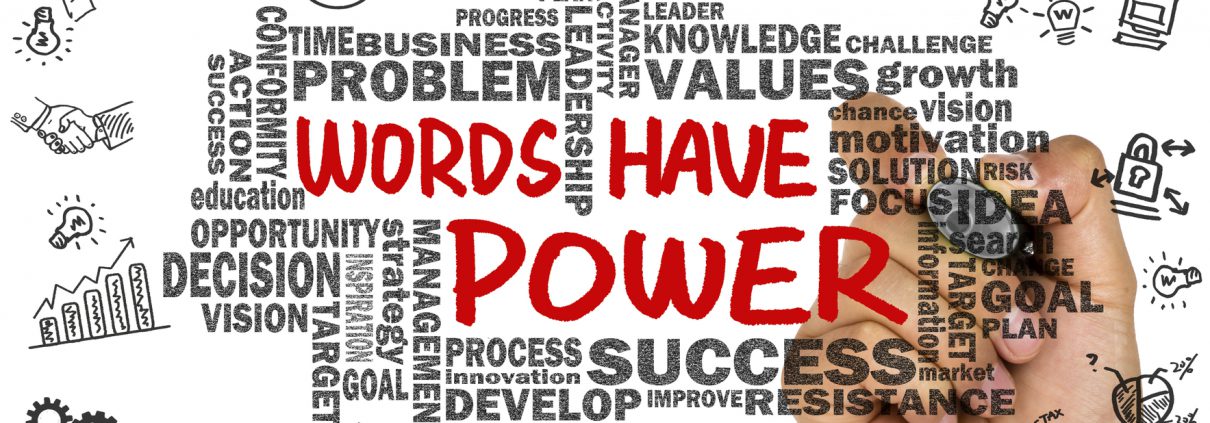Willing Change
I thought I would share with you a topic of conversation that stimulated some vigorous discussions at a recent change workshop. It was about language and the important role that it plays. Not only during change events but also more generally when considering everyday situations linked with performance and culture. In particular, we discussed the notion of resistance and what might be possible if rather than considering people and behaviours to be resistant, we considered them through a ‘willingness’ lens. Willingness being defined as the degree to which people will take actions and behave in ways that move towards the desired state. It’s a simple word change. More importantly, it’s a mindset shift.
As a change practitioner my colleagues, and I, work with ‘resistance’ in a variety of forms all the time. And, yet, resistance is such a loaded word in many organisations. It sends people and teams to a ‘threat’ state simply uttering the word. Resistance is more often than not seen as a problem that needs to be fixed.
So why is resistance more likely to be linked with the threat? When we are trying to avoid something, the right side of the prefrontal region that lies behind our forehead lights up. Importantly, this is the same region that also lights up with negative emotions. And, because it is deeply ingrained, a lot of our resistance is happening non-consciously. Our brains are very good at anticipating what might be uncomfortable and keeping us in a place where we are comfortable.
It’s also why a re-frame to the notion of willingness, can be a useful way of ensuring that we don’t move down the well-trodden, default path of staying in non- conscious resistance. Instead, we want to fire the left side of the prefrontal region linked with resilience and willingness. And, the simple, yet powerful act of changing our language can have a significant effect on our mindset and resultant behaviours. We can dampen the threat response and increase the reward response. Language is powerful.
That’s why its important to consider what language we are using, and the ‘self-talk’ that is going on in our heads when we label other people as being ‘resistant’. Labelling others as resistant fires our own left frontal region, and triggers our negative emotions. Those people that we have labelled as resistors often don’t see themselves that way, instead, they may see themselves as:
- A ‘keeper of safety’, to ensure that things don’t fall over during the change effort and that details have been thought through, OR
- A ‘brave voice’ who asks the questions that everyone is thinking, but might be too afraid to ask, OR
- A ‘reasoned challenger’ to understand the ‘why’ relative to business benefits and value of said change.
What’s more, from an attention perspective, where we focus our attention results in neural connections being formed or strengthened. Importantly, if we focus on resistance from a problem perspective we are actually deepening the problems we are considering. Conversely, if we approach it from a viewpoint of willingness and adopt a more solutions-focused perspective, we will create new connections and circuitry that helps us to generate more solutions. It also means that change fatigue is less likely.
Where we focus our attention changes our brain. I choose to focus my attention into solution mode and work towards building, strengthening and supporting the ‘willingness’ quotient. So, rather than asking the common question of ‘why are people resisting?’, I choose to ask ‘why would incredibly clever people continue to do things in a way that is no longer working and/or supported?’
What about you?











Leave a Reply
Want to join the discussion?Feel free to contribute!